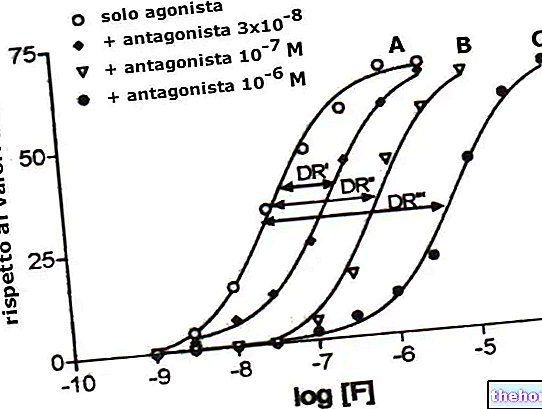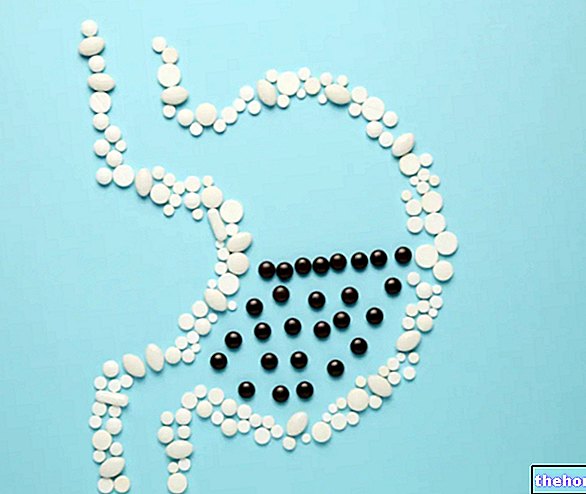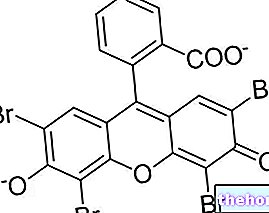Definition
Wilson's disease - also known as hepatolenticular degeneration - is a rare and inherited genetic disorder. This disease causes an accumulation of copper in the tissues and organs of affected individuals.
The greatest effects of this anomalous accumulation are manifested above all in the brain and liver, but not only.
If not properly treated, Wilson's disease can lead to fatal outcomes.
Causes
Being a genetic disease, the triggering cause lies in the alteration of a gene. More in detail, there is a modification of the ATP7B gene located on chromosome 13.
This gene encodes a particular protein, whose job is to promote the excretion of excess copper through the bile. Due to this genetic modification, the protein in question is not produced and, consequently, copper accumulates in organs. and fabrics.
Symptoms
Hepatitis, cirrhosis of the liver, jaundice, hepatomegaly and splenomegaly can occur in patients with Wilson's disease. In addition, symptoms such as vomiting, abdominal pain, dysarthria, dysphagia, tremors, slow movement and difficulty walking, migraine, muscle weakness and stiffness, mood and personality changes, difficulty concentrating, depression, hematuria, glucosuria, may occur. anemia, amenorrhea and Kayser-Fleischer rings.
Information on Wilson's Disease - Drugs and Care is not intended to replace the direct relationship between a healthcare professional and patient. Always consult your doctor and / or specialist before taking Wilson's Disease - Drugs and Treatment.
Medicines
The pharmacological treatment of Wilson's disease is based on the administration of drugs capable of chelating copper or reducing its absorption, in such a way as to favor its elimination from the body.
The drug of choice for the treatment of Wilson's disease is penicillamine. Furthermore, in some European countries (such as, for example, the United Kingdom), in the event that penicillamine treatment is not tolerated, an alternative therapy based on trientine (another drug capable of chelating the copper, less effective but with fewer side effects than penicillamine).
To reduce the absorption of copper, however, usually zinc is administered.
In addition to drug treatment, Wilson's disease patients must also adopt a certain diet, taking care to avoid the consumption of foods that contain high levels of copper, such as chocolate, nuts, mushrooms, liver and fruits of sea.
In the event that Wilson's disease has caused irreparable damage to the liver and / or if the drug treatment is not effective, the doctor may find it necessary to perform a liver transplant.

The following are the drugs most used in the therapy against Wilson's disease and some examples of pharmacological specialties; it is up to the doctor to choose the active ingredient and dosage most suitable for the patient, based on the severity of the disease, the state of health of the patient and his response to treatment.
Penicillamine
Penicillamine (Pemine ®) is a molecule capable of chelating copper and promoting its excretion through the urine. It is a drug available for oral administration with specific indications for the treatment of Wilson's disease. Not surprisingly, it is the drug. first choice drug that is used against this rare genetic disease.
The dose of penicillamine usually administered in adults is 15-40 mg / kg of body weight per day, to be taken in four divided doses one hour before, or 2-3 hours after meals and in any case always on an empty stomach.
In children, on the other hand, the dose of drug usually used is 10-30 mg / kg of body weight, to be taken in 3-4 divided doses in the same way as for adult patients.
In any case, the exact dosage of the medicinal product must be determined by the physician for each patient.
Furthermore, it should be emphasized that - given the side effects that penicillamine can cause - its use must always be under the strict supervision of the doctor.
Zinc acetate
Zinc acetate (Wilzin ®) is another drug with specific therapeutic indications for the treatment of Wilson's disease.
Zinc works by reducing the absorption of copper in the intestine, favoring its elimination through the faeces and - consequently - preventing its accumulation in the liver and other organs and tissues.
Zinc acetate is available for oral administration in the form of hard capsules.
The dose of drug usually administered to adult patients is 50 mg, to be taken three to a maximum of five times a day, on an empty stomach, one hour before or 2-3 hours after meals.
In children, however, the dose of drug to be administered varies according to the age and body weight of the patients.
However, even in this case, the exact dosage of the medicine must be established by the doctor on an individual basis.
If zinc acetate therapy is prescribed concomitantly with penicillamine therapy, the two drugs should be administered with an interval of at least one hour between one and the other.




























